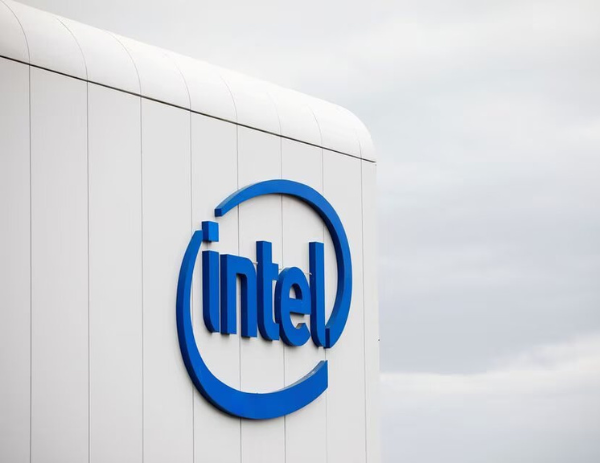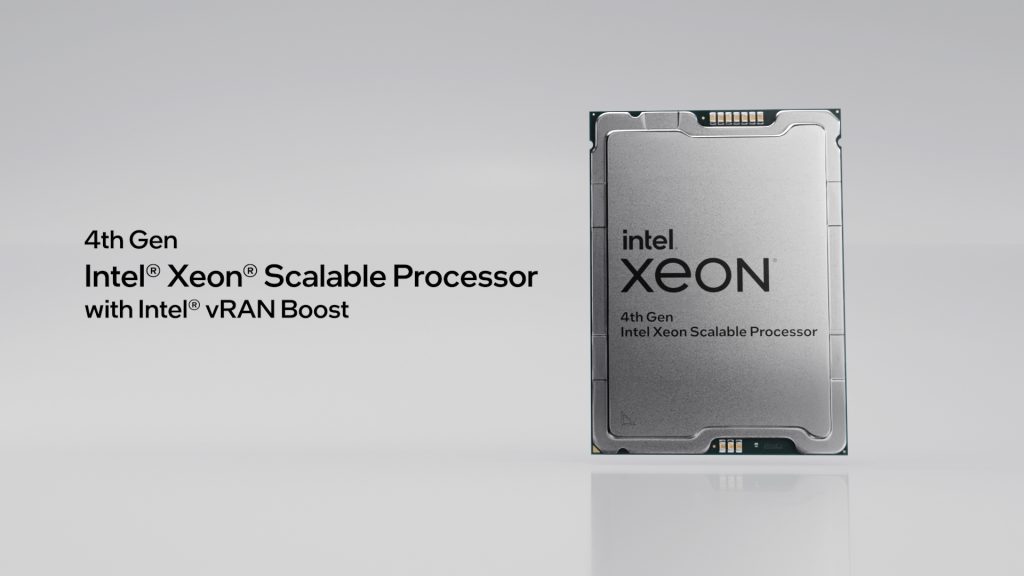
From the core to the RAN (radio access network) and out to the edge, Intel and its partners have been on a mission to virtualize the world’s networks by transferring them from fixed-function hardware to programmable, software-defined platforms, increasing networks’ agility and reducing their complexity and cost.
Now operators are looking to cross the next chasm in delivering cloud-native functionality for automating, managing and responding to an increasingly diverse mix of data and services, providing organizations with the intelligence needed at the edge of their operations.
Intel introduced a variety of offerings and solutions that are facilitating this change, and have garnered extensive industry backing from top operators, manufacturers of original equipment, and independent software vendors.
Sachin Katti, Intel senior vice president and general manager of the Network and Edge Group said “Intel powers the world’s clouds, networks and enterprises, giving us unique insight on where to place compute and acceleration along the entire cloud-to-edge continuum and helping our customers scale to meet user demands.”
Katti added “The advancements we’ve made in our 4th Gen Intel Xeon platforms to double vRAN performance1 while staying within the same power envelope, to nearly doubling the 5G core UPF throughput⁵, and to speed the deployment of a wide range of network, security and enterprise edge services, makes Intel the platform for our customers to modernize and monetize their networks of the future, today.”

Mobile networks are changing from fixed function, hardware-based silicon and infrastructure to software-based, completely virtualized platforms operating on general-purpose processors as a result of the need for high-performance, scalable, flexible, and energy-efficient systems. Enhancing RAN energy efficiency and lowering communications service providers (CoSPs’) total cost of ownership by accelerating the virtualization of the RAN will enable them to satisfy future requirements (TCO).
With expansive industry support from Advantech, Capgemini, Canonical, Dell Technologies, Ericsson, Hewlett Packard Enterprise, Mavenir, Quanta Cloud Technology, Rakuten Mobile, Red Hat, SuperMicro, Telefonica, Verizon, VMware, Vodafone and Wind River, among others, Intel launched 4th Gen Intel Xeon Scalable processors with Intel vRAN Boost.
Through the complete integration of vRAN acceleration into the Intel Xeon system-on-chip (SoC) and eliminating the need for an external accelerator card, Intel is achieving a twofold increase in capacity gains generation over generation, while staying within the same power envelope¹. In addition, integrated acceleration can lead to further power savings of up to 20%², which is in addition to the already impressive performance-per-watt gain of the 4th Gen Intel Xeon platform. With these advancements in processing and feature integration, Intel anticipates that 4th Gen Xeon Scalable processors with Intel vRAN Boost will perform equally or better than the top Layer 1 SoC accelerator cards on the market today⁶, all while delivering the advantages of virtualized, software-defined networks.
Intel is taking the forefront in driving the shift towards cloud-native, service-based architectures at the heart of the network by providing open solutions to overcome issues such as performance, the total cost of ownership, power efficiency, security, and lack of transparency across the network stack. With Intel’s hardware and software solutions, 5G core networks can work more efficiently to achieve a balance between essential business and customer demands for power efficiency, latency, and performance.
To further assist network operators in modernizing their networks, reducing their total cost of ownership (TCO) at the 5G core, Intel demonstrated 4th Gen Intel Xeon Scalable processors now enable the industry’s first 1 Tbps of performance for the 5G UPF workload within a single dual-socket server⁴, further validated by Samsung.
Additionally, without compromising important performance metrics like throughput, latency, and packet drop, the new Intel Infrastructure Power Manager for 5G Core reference software dynamically matches run-time server power consumption with data traffic.
The software, in tests with Casa Systems, NEC and Nokia, significantly reduces time-to-market for ISVs and operators by simplifying access to key capabilities in Intel’s 3rd and 4th Gen Xeon Scalable processors, including power telemetry, granular power control states and low-latency frequency change. Operators can use the reference software to reduce network TCO and accelerate progress toward net zero emissions goals, realizing millions of dollars in potential savings and a significant amount of CO2 emissions offset⁷.
The competitive environment for service providers in this decade will be primarily defined by massive growth at the network edge, particularly in video services. The network edge facilities of the operators give them a competitive edge to support this growth, but it is difficult to foresee which particular video services will catch on.
Alongside partners Broadpeak, China Mobile, Cloudsky, Thundersoft and ZTE, Intel showcased the Intel Converged Edge Media Platform, which delivers multiple video services from a shared, multitenant architecture and leverages cloud-native scalability to intelligently respond to shifting requirements.
CDNs (content delivery networks), cloud gaming, mixed reality, and 3D rendering are among the video services that can now be provided in a single cloud-native environment that supports both CPU and GPU-accelerated applications. Operators no longer need to invest in dedicated resources for services that may not succeed. Instead, they can rely on a versatile architecture where services can coexist and utilize cloud-native scalability to automatically adjust or resize services to meet changing demands.
Alongside the integrated network acceleration built into 4th Gen Intel Xeon Scalable processors, Intel is expanding its Agilex 7 FPGAs and eASIC N5X structure ASIC devices for cloud, communications and embedded applications.
Next-generation 400G infrastructure acceleration solutions will be made possible by Intel Agilex 7 FPGA AGI 041 devices as cloud service providers (CSPs) start switching from 200G to 400G networks in 2023 and cloud service providers (CoSPs) do the same in 2024. For the 400G Infrastructure Processing Unit (IPU) and networking solutions, AGI 041 devices provide the ideal mix of capacity, power efficiency, and performance.
Additionally, Intel provides the unique ability to further optimize cost and power across customers’ 400G infrastructure solutions through Intel eASIC structured ASICs. For networking workloads, N5X080 devices are capable of reducing core power by up to 60% versus an FPGA, while reducing prototyping time by 50% compared to a traditional ASIC⁸.
